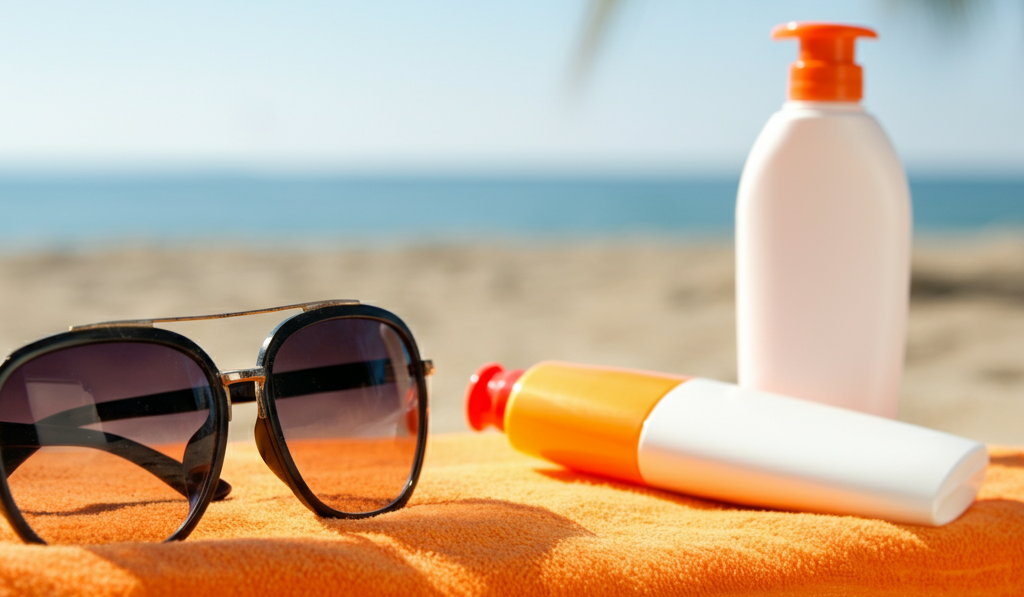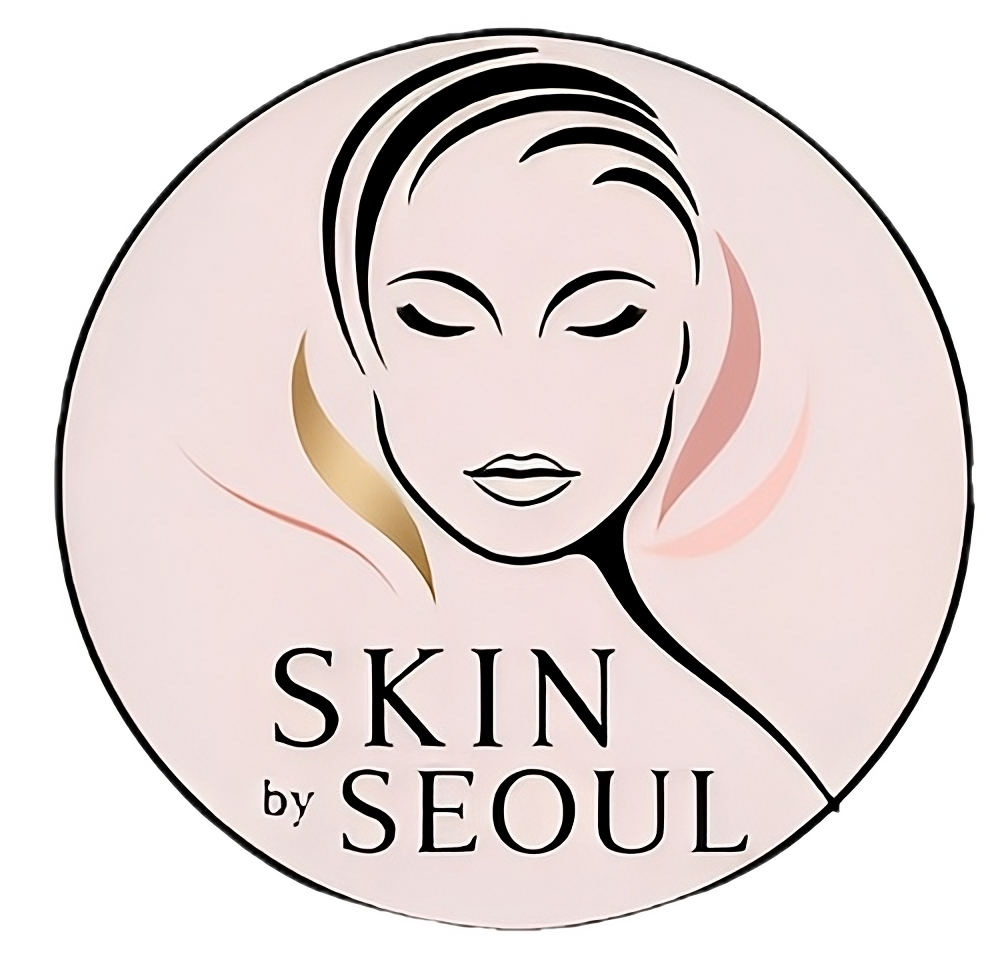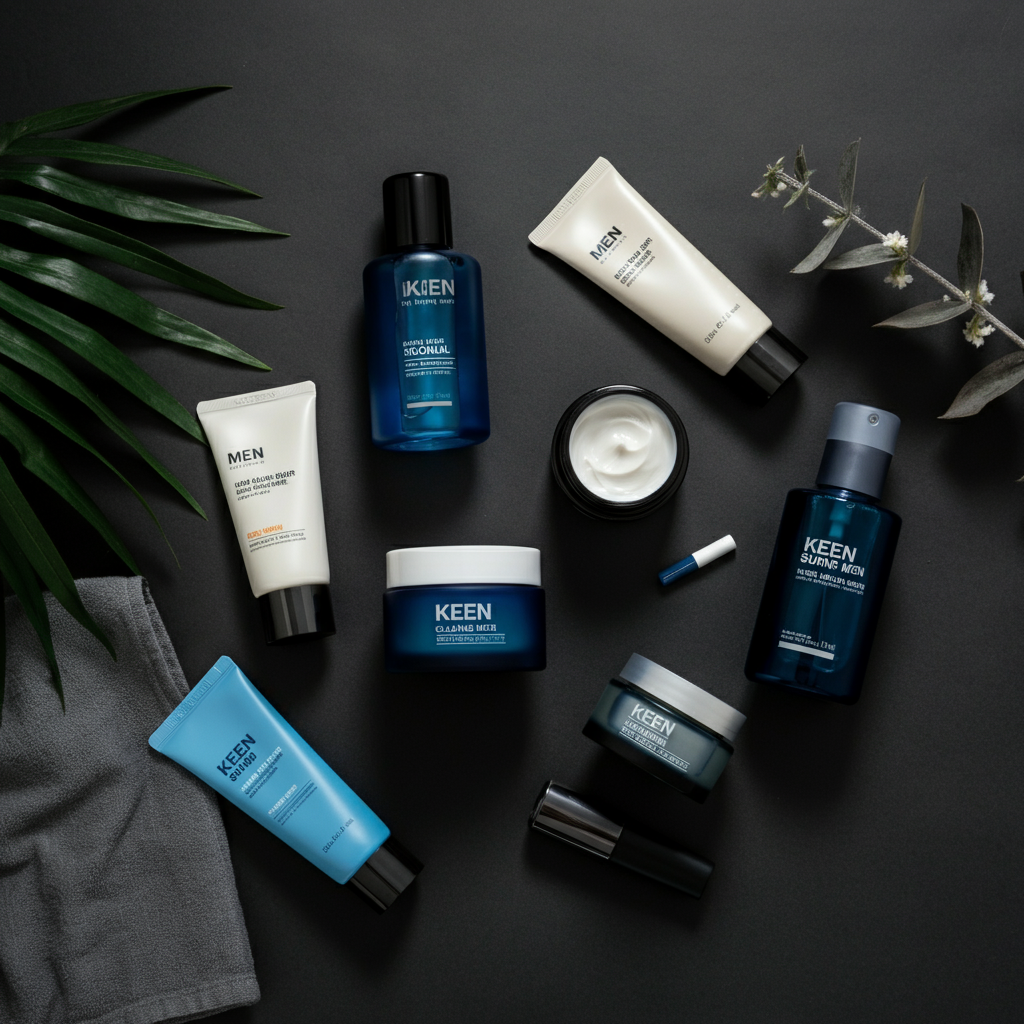All About Sun Spots: Prevention and Treatment

Have you found yourself searching for “ways to remove sun spots from skin” after spending a bit too much time in the sunshine? You’re not alone—and we’re here to help. Below, you’ll find everything you need to know about preventing those pesky spots as well as tips for reducing their appearance if they’ve already made an appearance.
Do you have small brown patches on your skin? These are likely sun spots, which develop after prolonged exposure to UV light. While they’re tricky to treat, the good news is that they’re completely preventable with a consistent sun protection routine.
Here’s a closer look at what causes sun spots and the most effective ways to handle them.
What Exactly Are Sun Spots?
Sun spots, also called solar lentigines, are flat, circular skin discolorations ranging from light brown to black. They often appear in areas that receive the most sunlight, such as the face, shoulders, hands, and arms. While these spots can develop at any age, they are particularly common in adults over 40.
According to dermatology expert Dr. Joshua Zeichner, sun spots occur when pigment-producing cells in the skin (called melanocytes) become overactive, producing excess melanin. This results in localized dark patches on the skin.
Why Do Sun Spots Appear?
The clue is in the name—sun spots are primarily caused by repeated UV exposure. Over time, the skin produces more melanin in a bid to protect itself from UV damage, which shows up as a darker tan. What you see as a glowing tan is actually evidence of skin damage. Without adequate sun protection, consistent exposure to UV rays accumulates over years, eventually leading to the development of sun spots in areas most exposed to sunlight.
How to Prevent Sun Spots
The cardinal rule of skincare? Never skimp on sunscreen. No brightening serum or fancy skincare product will save you from sun spots unless you’re diligent about daily SPF application. That means wearing sunscreen even when it’s cloudy or cold outside!
Admittedly, some people avoid sunscreen because of its texture or smell. That’s where innovative formulations, such as those developed in Korea, come in. For example:
- Neogen Day-Light Protection Airy Sunscreen: Infused with aloe and avocado extracts, this lightweight SPF hydrates while protecting. Great for oily skin types!
- Cell Fusion C Laser Sunscreen 100 SPF 50+/PA+++: A soothing, highly effective option for sensitive skin.
- Thank You Farmer Safe Sun Fluid AGE 0880 SPF50+ PA++++: A top pick for ensuring complete coverage with an ultra-light finish.
Using a sunscreen that you actually enjoy applying is key. Once you find a product you love, remember to use it daily—and don’t forget to reapply throughout the day. Protecting your skin now will minimize future sun damage.
What Can You Do About Existing Sun Spots?
Already noticing brown spots on your skin? Don’t worry, there are targeted treatments to help fade their appearance:
- Brightening Ingredients: Dr. Zeichner highlights Vitamin C, kojic acid, niacinamide, hydroquinone, and azelaic acid as effective options for lightening pigmentation. Incorporate these into your routine for a noticeable improvement.
- Vitamin C Serum: Try the Goodal Green Tangerine Vita C Serum, made with 70% green tangerine extract. It works to fade dark spots while rejuvenating the skin.
- Amplify Effects with Vitamin E: Combine a Vitamin C product with the Klairs Freshly Juiced Vitamin E Mask. This pairing helps stabilize and enhance the effectiveness of Vitamin C, visibly evening out skin tone.
If topical treatments don’t yield the desired results, consulting a dermatologist for professional solutions is always an option. Procedures such as chemical peels or laser treatments can significantly reduce pigmentation.
Final Thoughts
Sun spots are manageable with the right strategies. Commit to daily sun protection now to prevent future discoloration. For existing pigment, incorporate brightening ingredients like Vitamin C and consult a dermatologist for tailored advice.
By prioritizing your skin’s health, you’ll not only fade existing spots but also keep new ones from forming. Consistent care is the key to maintaining a radiant complexion over the years.





